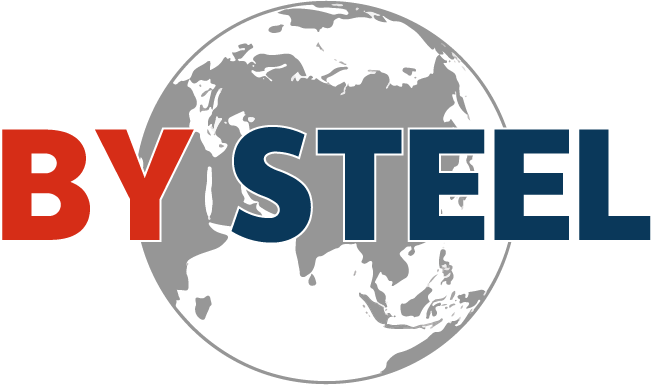How are steel plates produced?
Release time:
2024-06-18
The production process of steel plates includes multiple links such as raw material selection, steelmaking, casting, rolling and surface treatment. Each link has an important impact on the quality and performance of the final product.
Steel plates are produced through multiple steps including steelmaking, casting, rolling and surface treatment.
The production process of steel plates first involves the selection of raw materials. Usually, ferroalloys composed of iron ore, coal, coke and other materials are used for production. Before production, the raw materials need to be pre-treated to remove impurities and ensure the quality of the raw materials. Then, the selected raw materials are added to the steelmaking furnace, and appropriate amounts of auxiliary materials such as limestone and bauxite are added to melt the ferroalloy under high temperature and high pressure. The molten iron liquid is vacuum deoxidized, refined and cast into billets. This process is called steelmaking. The molten iron after steelmaking will be poured into a casting machine for casting to form steel billets. The temperature, flow rate and molding need to be controlled during the casting process to ensure that the quality of the cast steel billets meets the standards.
Steel billets can be rolled into steel plates of different thicknesses and widths by cold rolling and hot rolling. Through multiple rolling processes, steel plates with different properties can also be obtained, such as spring steel plates with good elastic mechanical properties and automotive plates with good processing performance. After the steel plate is processed by hot rolling, cold rolling and other processes, some irregular and uneven stains and oxides may appear on the surface, which require surface treatment such as rust removal and polishing. The purpose of this link is to ensure the appearance quality of the steel plate and enhance its corrosion resistance for subsequent processing and use.
In general, the production process of steel plates includes multiple links such as raw material selection, steelmaking, casting, rolling and surface treatment, and each link has an important impact on the quality and performance of the final product.
Latest News
The correct way to install steel coils
The correct way to load steel coils depends on their size, weight and how they are transported or stored.
2024-05-13
Steel pipes can also be divided into seamless steel pipes and welded steel pipes according to the production process. Seamless steel pipes are divided into hot-rolled and cold-rolled (drawn). Welded steel pipes are divided into straight seam welded steel pipes and spiral seam welded steel pipes.
2024-05-13
How are steel plates produced?
The production process of steel plates includes multiple links such as raw material selection, steelmaking, casting, rolling and surface treatment. Each link has an important impact on the quality and performance of the final product.
2024-06-18
Main components of steel plate
Chromium, copper, nickel and other alloying elements may also be added to the steel plate. These elements can improve the corrosion resistance and high-temperature strength of the steel plate. They are often used to manufacture steel plates in impact resistance, wear resistance, marine engineering, nuclear engineering and other fields.
2024-05-13
The production of steel bars is a complex process that requires the cooperation of a series of equipment. The accuracy and stability of these equipment directly affect the quality of the bars.
2024-06-18
The difference between I-beam and H-beam
The upper and lower flanges of H-beams are usually wider than those of I-beams. H-beams also perform better in terms of load-bearing capacity and stability, and their bending resistance is particularly good. Therefore, H-beams are more suitable for structures that need to withstand large loads, such as bridges and high-rise buildings.
2024-06-18


